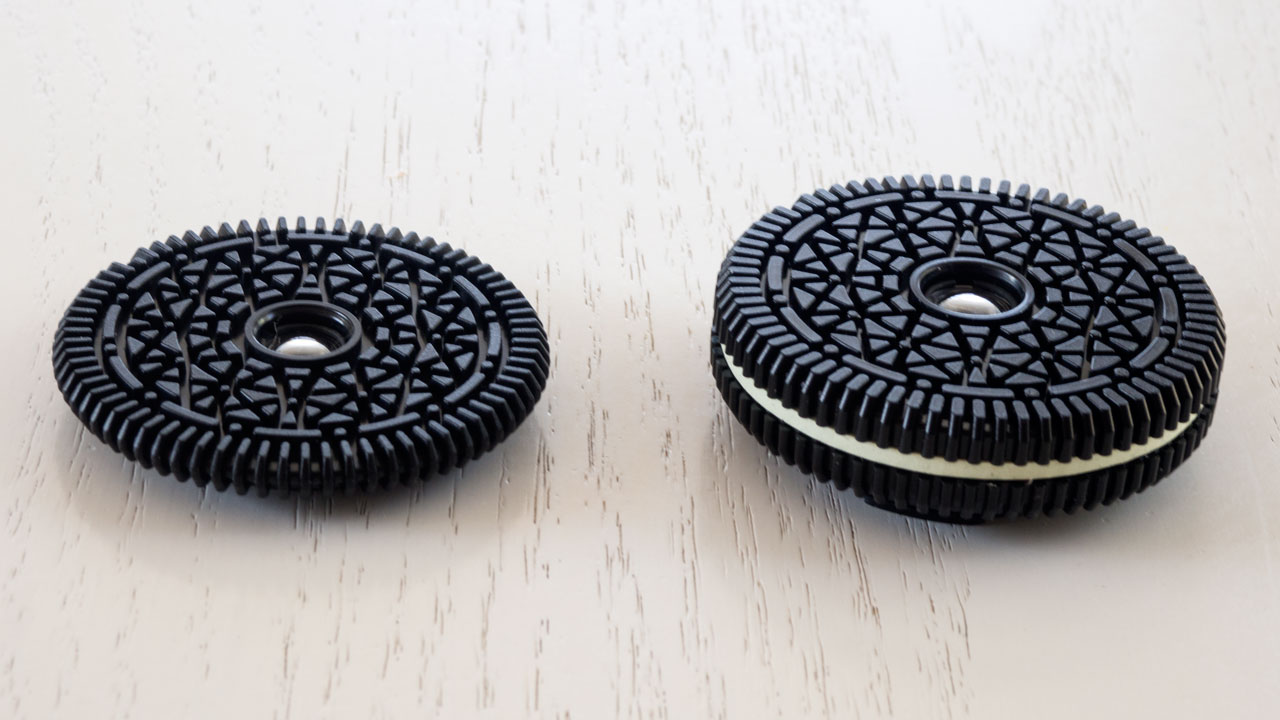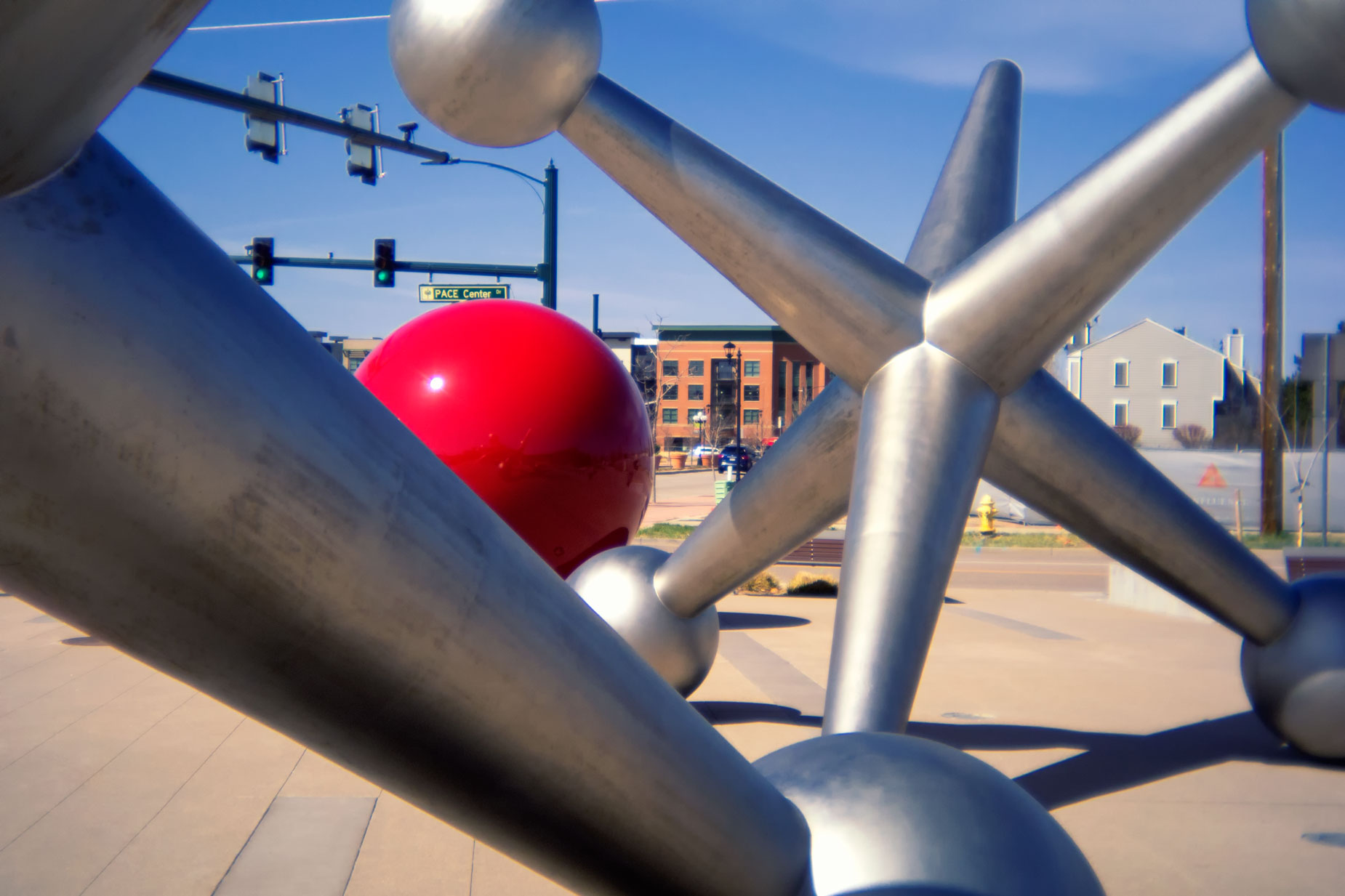My #thursdaythoughts theme has been retired for 2025. In it’s place is Anything Can Happen Day. This was what Thursdays were called on the Mickey Mouse Club where I stole the idea!
Today’s Post by Joe Farace
Taking pictures is like tiptoeing into the kitchen late at night and stealing Oreo cookies.”— Diane Arbus
People often ask about what my photographic influences were and are. There are several people whose work I admire and who have influenced how my photographs look but only one of them influenced how I work and think about making photographs. Today I want to talk about a photographer who influences me to this very day—Norman Rothschild. Edward Steichen once called him “the man who makes rainbows.”
Norman Rothschild (1913–1995) was an American photographer, artist and writer who, for 33 years, was an editor at Popular Photography magazine and wrote a monthly column called “Offbeat.” Each month when Pop Photo landed in my mailbox, the first thing I’d do was read Rothschild’s column. He often wrote about his experience trying different creative photographic techniques and using all kinds of filters, gadgets and gizmos, often obtained from the legendary New York camera store Spiratone. Mr. Rothschild’s work influenced me by showing how to have FUN with photography, something he clearly relished. So do I, which today brings me to…
How the Cookie Crumbles
 I got excited when I first heard about the Oreo Style lens available from KEKS in Hong Kong. The lens uses optics recycled from disposable cameras that are transplanted into a body cap lens. And yes, it looks a lot like an Oreo cookie. Who doesn’t like Oreos? I immediately knew I had to have one and its thirty buck price tag fit my minuscule photo budget. What did I have to lose? My only concern with this lens was that it was only available for Fujifilm X and Canon EOS-M mounts; I ordered one for my Canon EOS M6 Mark II but really wanted a lens for my Panasonic and Olympus Micro Four-thirds cameras. The lens arrived fairly promptly and after testing it I wrote a post about it. Flash forward…
I got excited when I first heard about the Oreo Style lens available from KEKS in Hong Kong. The lens uses optics recycled from disposable cameras that are transplanted into a body cap lens. And yes, it looks a lot like an Oreo cookie. Who doesn’t like Oreos? I immediately knew I had to have one and its thirty buck price tag fit my minuscule photo budget. What did I have to lose? My only concern with this lens was that it was only available for Fujifilm X and Canon EOS-M mounts; I ordered one for my Canon EOS M6 Mark II but really wanted a lens for my Panasonic and Olympus Micro Four-thirds cameras. The lens arrived fairly promptly and after testing it I wrote a post about it. Flash forward…
Every day I get an email from AliExpress trying to sell me fountain pens or wrist watches. (I love both of these kinds of things.) One day they started showing me photo-related products, including what looked like an Oreo-style lens selling for less than nine bucks including shipping from China*. Best of all, it was available in Micro Four-thirds mount. I immediately ordered one and the new lens arrived in about nine calendar days. So the question is: Was this, let’s face it, cheap lens different than KEKS Oreo-style lens? Yes but there’s more to the story.

How I Made this photograph: This first photographs I made with the KEKS lens were of the Ball & Jacks sculpture in Parker, Colorado’s Discovery Park. So I took the $9 copycat lens to the same location and it produced similar but not tack sharp images. (See below for specific differences.) The camera I used was an Olympus EM-10 Mark I with an Av exposure of 1/6 sec at ISO 400. The image was acceptably sharp, I think, due to the EM-10’s three-axis image stabilization; The Mark II version has five-axis image stabilization. The Canon EOS M6 Mark II that I tested with the KEKS lens has no IBIS.
Differences: Both of thee lenses are focus-free; You just point and shoot. The lenses appear to use the same kind of recycled 25mm f/8 lens but the $9 lens while it has what appears to be an identical cookie texture, is slightly smaller in circumference. With the KEKS lens mounted on a Canon EOS M6 Mark Ii, it produces an angle-of-view equivalent to a 40mm lens. The $9 lens, on a Micro Four-thirds camera, produces an equivalent angle-of-view of a 50mm lens, which was quite apparent while I was shooting the Ball & Jacks sculpture.
When looking at the the images made with the KEKS lens in Adobe Bridge, no aperture can be seen in their EXIF data. With the $9 lens, the EXIF data shows it’s f/11. Not that the aperture matters for lenses like this One notable difference is that in order to shoot the KEKS lens, I had to set the Canon EOS M6 Mark II to “shoot without lens” mode. With Olympus Micro Four-thirds camera you don’t have to do that. You just mount the lens and shoot. I seems that for Panasonic Lumix M43 cameras, you will have to set “shoot without lens” make to make the camera work with the lens but I have yet to test it. When I do, I’ll update this post.
The biggest visual difference between the two lenses is that the KEKS lens is their construction. The KEKS lens looks more like an Oreo with a top and bottom cookie as well as “filling” and everybody knows the filling is the best part of an Oreo! The $9 lens is comprised only of a thinner top cookie attached to its (plastic) lens mount. That’s it. This shallower construction moves the optics somewhat closer to the sensor and I don’t know how this affects image quality—it doesn’t seem to—or its focal length or any other aspect that a real lens has. Maybe that where the f/11 comes into play.
When I purchased it, the $9 lens was available in other mounts but as I write this I could not find a listing on AliExpress for anything but the Micro Four-thirds mount, which now appears o be priced at $12. This is typical for many Chinese-made products. Now you see it, now you don’t. By comparison, 7artisans makes an all-metal, manual focusing 18mm f/6.3 Mark II lens that looks similar—without the cookie flourishes—and is clearly better made. It’s available in Micro Four-thirds mount among others and sells for around $60. Based on the images from this lens that I’ve seen on-line, including those from 7artisans themselves, the image quality is not much better, if at all, than the nine buck “cookie” lens.